
Discover the Anthony Wayne Bridge: A Toledo Landmark
Experience the stunning views and rich history of Toledo at the iconic Anthony Wayne Bridge, a must-visit landmark for every traveler.
The Anthony Wayne Bridge, a magnificent feat of engineering in Toledo, Ohio, offers stunning views and a rich history, making it a must-visit for tourists seeking to experience the charm of this vibrant city.
A brief summary to Anthony Wayne Bridge
- Toledo, Ohio, 43604, US
Local tips
- Visit during sunset for breathtaking views of the skyline reflecting on the river.
- Bring your camera; the bridge is a popular spot for photography.
- Explore the nearby parks for a more immersive experience of the riverfront.
- Check out local events in the area; the bridge often serves as a backdrop for festivals.
Getting There
-
Car
From Maumee Bay State Park, head south on E. Broadway St toward N. Toledo Ave. Continue on E. Broadway St for about 3 miles until you reach the intersection with I-280 S. Merge onto I-280 S and follow the signs for Toledo. Stay on I-280 S for approximately 7 miles. Take exit 5B for I-75 S toward Dayton and continue for about 3 miles. Take exit 201A for the Anthony Wayne Trail N. Follow the Anthony Wayne Trail for about 1 mile until you reach the Anthony Wayne Bridge. There is no cost to drive, but be aware of any potential tolls on the highways.
-
Public Transportation
From Maumee Bay State Park, you will need to take a taxi or rideshare service to reach the nearest bus terminal, which is approximately 4 miles away. Once at the bus terminal, take the Toledo Area Regional Transit Authority (TARTA) bus route 5 toward downtown Toledo. Stay on the bus for about 30 minutes until you reach the stop at Summit St. and Jefferson Ave. From there, it's a short walk of about 0.4 miles to the Anthony Wayne Bridge. Be sure to check the TARTA schedule for bus times. A one-way fare on TARTA is typically around $1.50.
Discover more about Anthony Wayne Bridge
Iconic landmarks you can’t miss
Libbey House
3.0 km
Explore the architectural beauty and historical significance of Libbey House in Toledo, Ohio, a must-visit for culture and history enthusiasts.
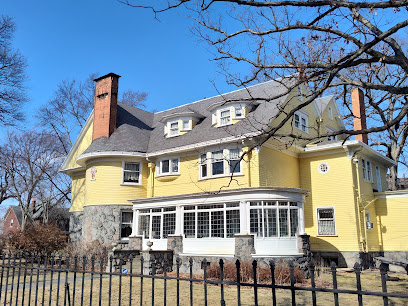
The Overland Smoke Stack
5.4 km
Explore the Overland Smoke Stack in Toledo, a historical landmark celebrating the city's rich automotive heritage and a perfect spot for memorable photos.
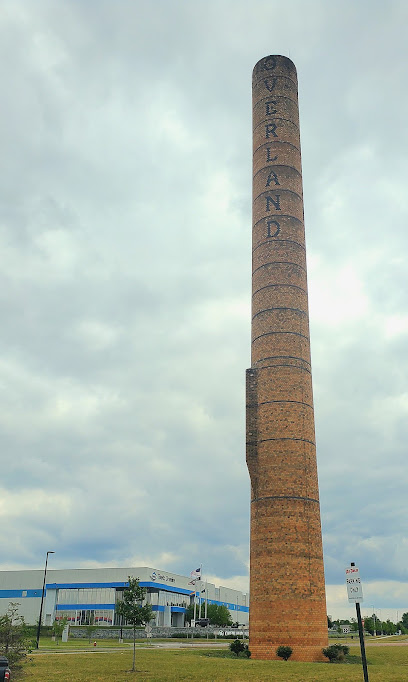
Great Trail Stone Marker
10.4 km
Explore the Great Trail Stone Marker in Maumee, Ohio—an essential historical landmark celebrating the rich heritage of Native American trails and early settlers.
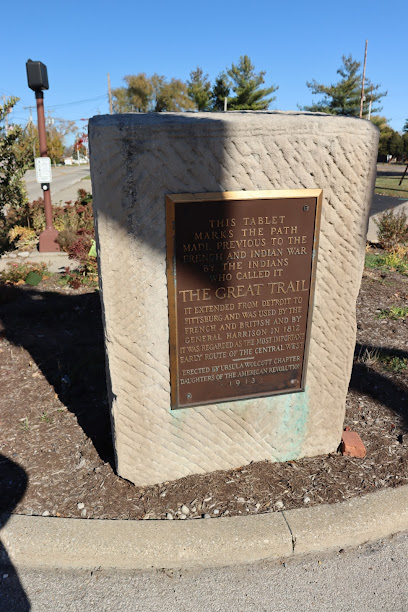
Maumee Memorabilia Museum
11.7 km
Explore the fascinating history of Maumee at the Maumee Memorabilia Museum, where local stories and artifacts come to life in a charming riverside setting.
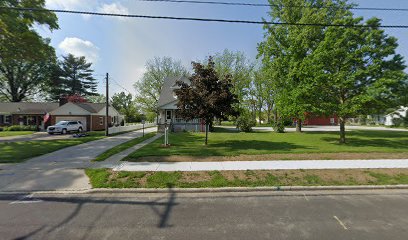
Wildwood Preserve Metropark
12.2 km
Discover the natural beauty and historical charm of Wildwood Preserve Metropark in Toledo, Ohio, a perfect retreat for nature lovers and history enthusiasts alike.
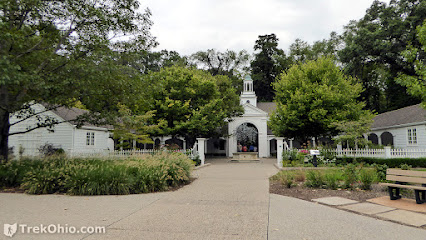
Maumee Bay State Park Campground
12.5 km
Explore the stunning landscapes and diverse wildlife of Maumee Bay State Park Campground, a perfect outdoor getaway in Ohio.
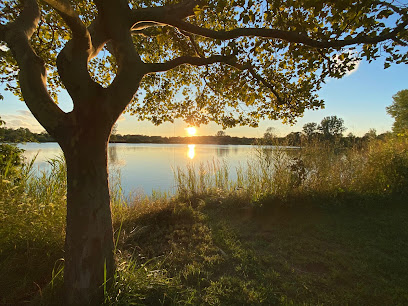
Governor's Inn
12.7 km
Experience the historic allure of Governor's Inn in Maumee, Ohio, a captivating landmark that tells the story of the region's rich past.
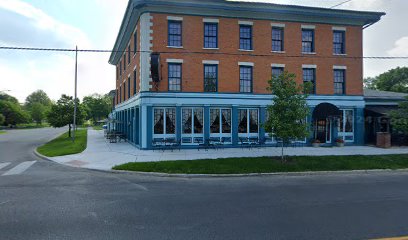
Sidecut Lock to the Maumee River
12.8 km
Experience the tranquility and historical significance of Sidecut Lock to the Maumee River, a stunning natural landmark in Maumee, Ohio.
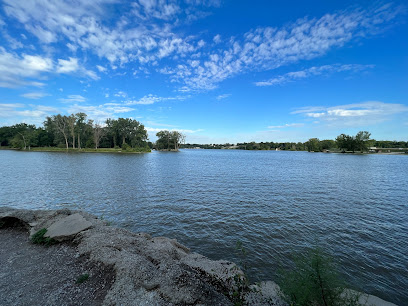
Big Hill at Maumee Bay State Park
13.4 km
Discover the historical charm and natural beauty of Big Hill at Maumee Bay State Park, a perfect blend of history and outdoor adventure in Oregon, Ohio.
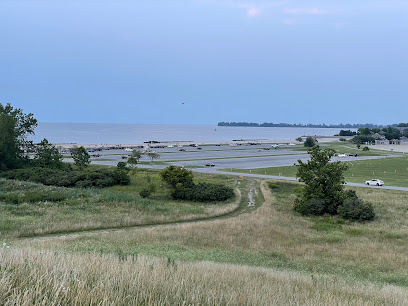
Maumee Bay State Park
13.9 km
Explore the diverse landscapes, serene beaches, and rich wildlife of Maumee Bay State Park, a must-visit destination on Lake Erie.
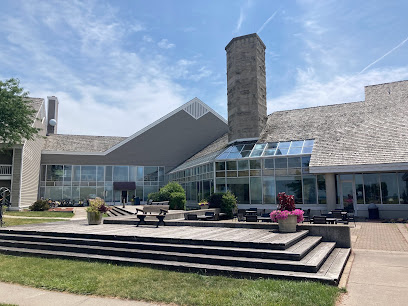
Maumee Bay State Park Beach
14.0 km
Experience the serene beauty of Maumee Bay State Park Beach, an idyllic spot for relaxation, recreation, and nature exploration along Lake Erie.
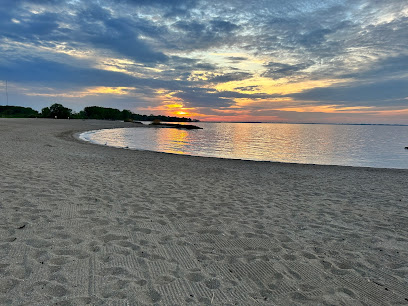
Fort Meigs Historic Site
14.0 km
Explore the captivating history of Fort Meigs Historic Site in Perrysburg, Ohio, where the past comes alive through interactive exhibits and reenactments.
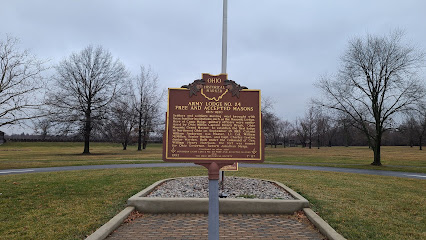
Maumee Bay Lodge & Conference Center
14.5 km
Experience the perfect blend of nature and comfort at Maumee Bay Lodge, your ideal retreat in Ohio's scenic landscapes.
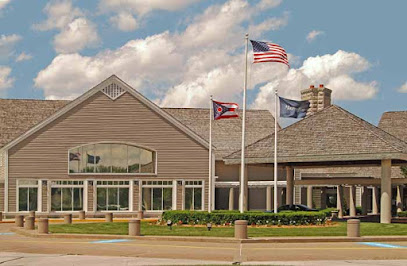
Trautman Nature Center at Maumee Bay State Park
14.6 km
Discover the beauty and biodiversity of Ohio at Trautman Nature Center, an educational gem within Maumee Bay State Park.
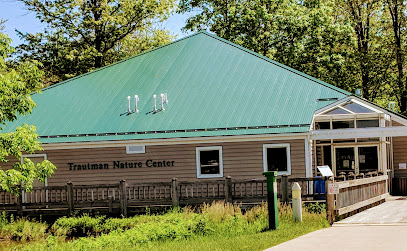
Side Cut Metropark
15.8 km
Explore the lush trails, historic canal locks, and serene riverside views at Side Cut Metropark in Maumee, Ohio.

Unmissable attractions to see
Toledo OHIO Mural
0.8 km
Experience the vibrant Toledo Mural, a stunning representation of local artistry and culture in the heart of Ohio, perfect for your travel memories.
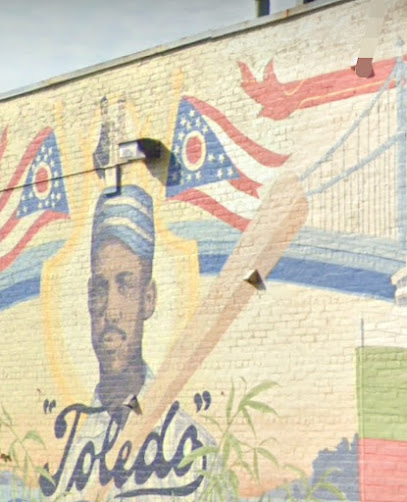
Boeschenstein Park
0.8 km
Experience the peaceful beauty of Boeschenstein Park in Toledo, Ohio – a perfect blend of nature, recreation, and relaxation for all visitors.
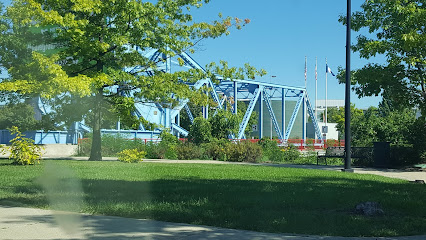
Fifth Third Field
0.9 km
Discover the excitement of baseball at Fifth Third Field, Toledo's premier stadium, home to the beloved Mud Hens and a hub of community events.
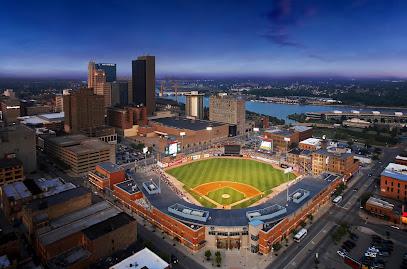
Promenade Park
0.9 km
Experience the beauty and vibrancy of Promenade Park, a serene urban oasis in Toledo, Ohio, perfect for relaxation and outdoor activities.
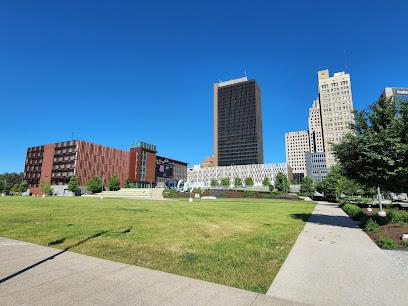
The Blarney Irish Pub
1.1 km
Discover the spirit of Ireland at The Blarney Irish Pub in Toledo, a vibrant hub for food, drinks, and unforgettable live entertainment.
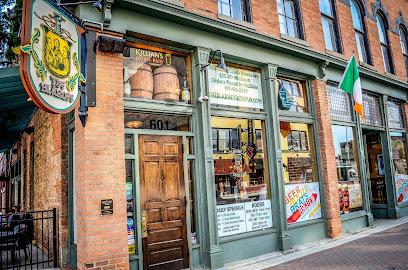
Greetings From Toledo
1.2 km
Explore the vibrant spirit of Toledo at Greetings From Toledo, a must-visit tourist attraction offering picturesque views and local charm.
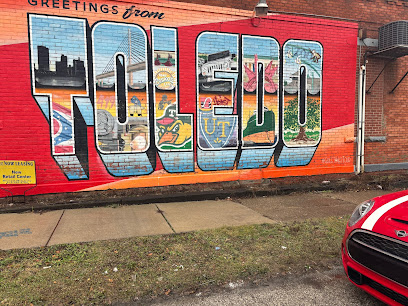
International Park
1.2 km
Discover the beauty of nature at International Park, a tranquil escape along the Maumee River in Toledo, perfect for picnics, walks, and wildlife watching.
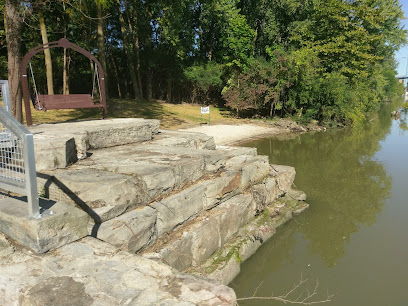
Imagination Station
1.2 km
Explore the wonders of science at Imagination Station, Toledo's premier hands-on science museum offering interactive exhibits for all ages.

Toledo Park
1.2 km
Toledo Park: A peaceful urban retreat in Toledo, Ohio, perfect for picnics, leisurely strolls, and enjoying community events amidst nature.
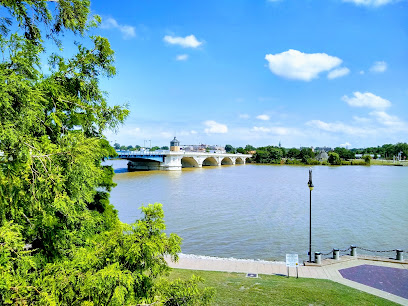
Pythian Castle
1.3 km
Explore the enchanting Pythian Castle, a historical landmark in Toledo, Ohio, showcasing stunning architecture and intriguing stories from the past.
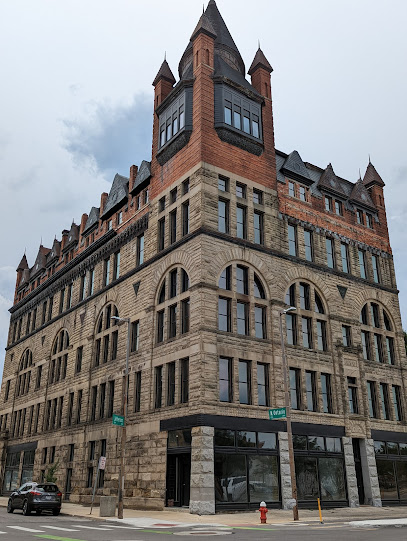
Ramp
1.4 km
Explore Toledo's Ramp, a historic attraction that beautifully fuses nature and history, perfect for tourists seeking culture and stunning views.
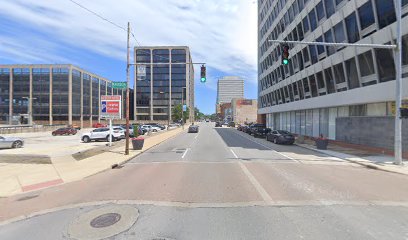
Valentine Theatre
1.4 km
Explore the historic Valentine Theatre in Toledo, Ohio, a hub for performing arts showcasing diverse and captivating productions.
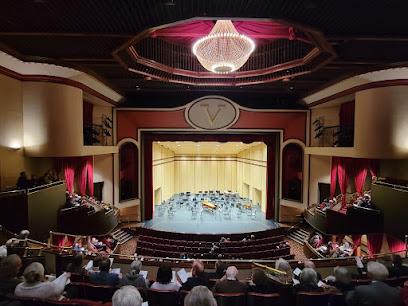
Toledo History Museum
1.4 km
Discover the captivating history of Toledo, Ohio through engaging exhibits and artifacts at the Toledo History Museum.
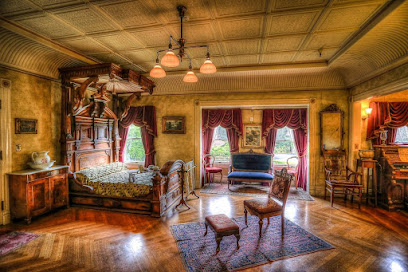
Main Library - Toledo Lucas County Public Library
1.6 km
Explore the Toledo Lucas County Public Library, a cultural gem offering a wealth of resources, events, and community engagement for all ages.
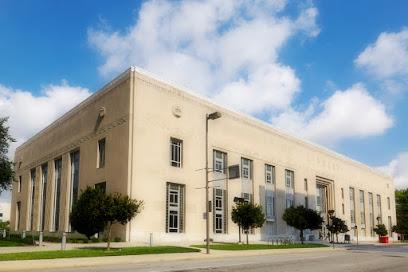
Glass City River Wall
1.6 km
Discover the stunning murals and scenic views at the Glass City River Wall, a unique outdoor art installation in Toledo, Ohio.

Essential places to dine
Maumee Bay Brewing Company
0.5 km
Experience Toledo's vibrant brewpub scene at Maumee Bay Brewing Company - delicious food meets handcrafted beers in a lively atmosphere.
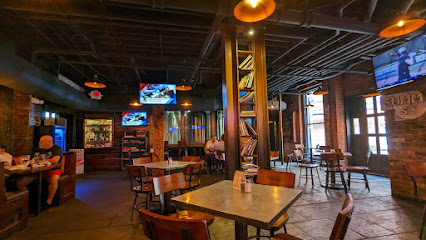
Ye Olde Durty Bird
0.8 km
Discover the flavors of America at Ye Olde Durty Bird – where comfort food meets a family-friendly atmosphere in the heart of Toledo.
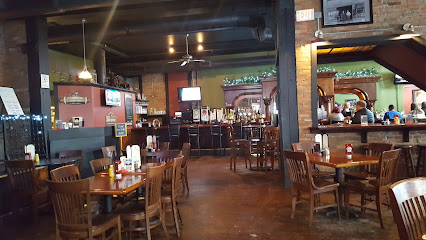
Zia's
0.9 km
Experience authentic Italian cuisine at Zia's in Toledo, where every dish tells a story of flavor and tradition.
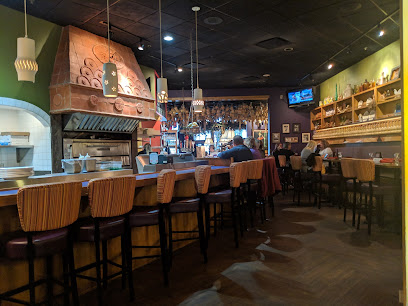
The Bay Restaurant & Nightclub
0.9 km
Experience Toledo's vibrant nightlife at The Bay Restaurant & Nightclub - where dining meets dancing in a unique setting.
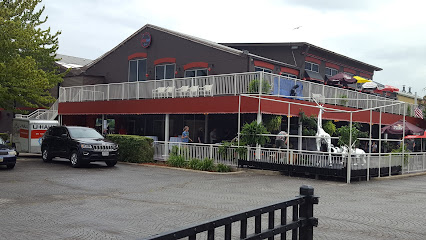
Souk Mediterranean Kitchen and Bar
0.9 km
Discover authentic Mediterranean cuisine at Souk Kitchen and Bar in Toledo – where every bite takes you on a flavorful journey.
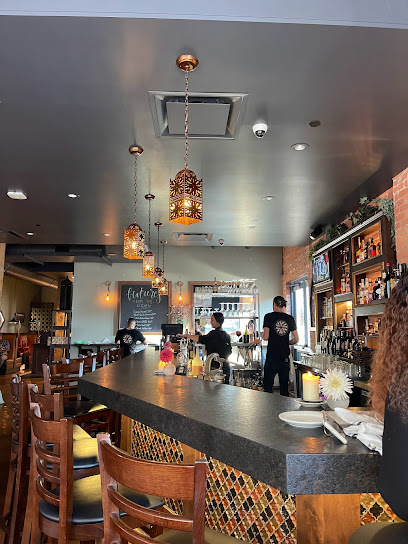
The Chop House - Toledo
1.1 km
Experience fine dining at The Chop House in Toledo—where exceptional steaks meet an elegant atmosphere for unforgettable meals.
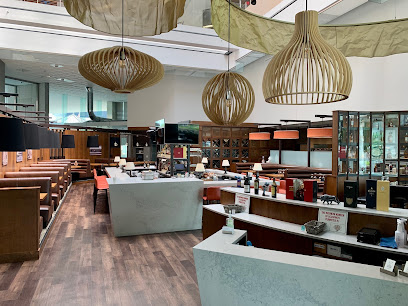
Brim House
1.3 km
Experience the vibrant flavors of American cuisine at Brim House in Toledo - where every meal is a celebration of taste.

The Old Bag of Nails Pub - Toledo
1.3 km
Experience Toledo's culinary charm at The Old Bag of Nails Pub, where delicious food meets stunning riverside views.
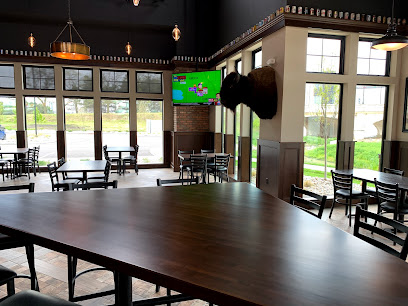
Georgio's Cafe International
1.4 km
Experience world-class dining at Georgio's Cafe International in Toledo – where every meal is a celebration of flavor and hospitality.
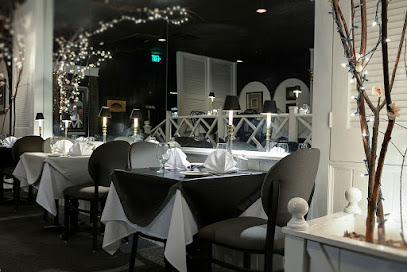
Cousino's Steakhouse
2.8 km
Discover delicious steaks and warm hospitality at Cousino's Steakhouse in Oregon, Ohio – your go-to destination for American dining excellence.
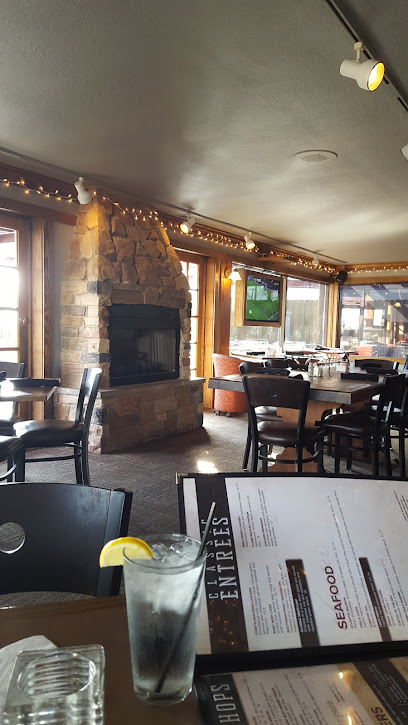
Tony Packo's Restaurant
3.4 km
Discover the delicious flavors of Toledo at Tony Packo's Restaurant, home of the iconic hot dog and rich local history.

Luckie's Barn & Grill-Oregon
5.3 km
Discover family-friendly dining at Luckie's Barn & Grill in Oregon, Ohio - where comfort food meets vibrant bar culture.
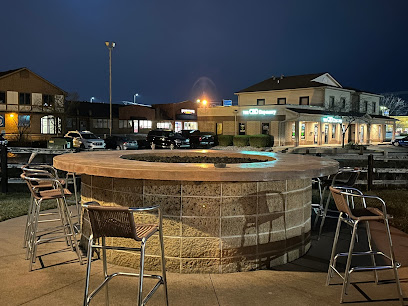
Black Forest Café
6.0 km
Discover the culinary charm of Black Forest Café in Oregon, Ohio - where every meal is a flavorful journey!

Zingo's Mediterranean
12.1 km
Discover Zingo's Mediterranean: A culinary oasis offering authentic Greek flavors in the heart of Perrysburg.
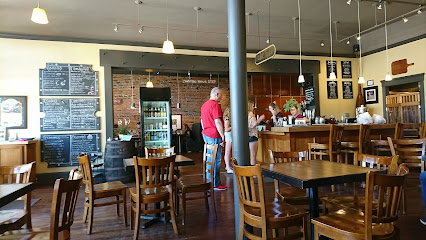
The Oregon Inn
12.1 km
Discover authentic American flavors at The Oregon Inn in Oregon, Ohio - where great food meets warm hospitality.
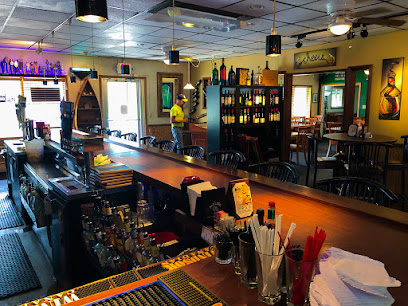
Markets, malls and hidden boutiques
Shop Local Toledo
1.2 km
Explore the vibrant shopping scene at Shop Local Toledo, featuring unique gifts, local art, and the flavors of Ohio.
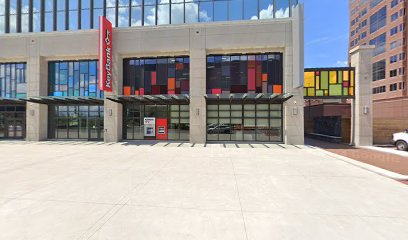
Ridge & River - Outdoor Gear & Ski Shop
1.4 km
Explore the outdoors with top-notch gear from Ridge & River - your ultimate outdoor equipment shop in Toledo, Ohio.

Unique Collections
1.5 km
Explore Unique Collections in Toledo, a women's clothing boutique showcasing a blend of trendy and timeless fashion for all occasions.

Gallery
1.6 km
Explore Toledo's Gallery Gift Shop for unique local crafts, art, and unforgettable souvenirs that capture the spirit of Ohio.

Fashion
3.8 km
Discover unique styles and local designs at Fashion, the ultimate clothing store for stylish tourists seeking the latest trends.

Boyd's Retro Candy Store
6.3 km
Explore the sweet world of Boyd's Retro Candy Store in Toledo, where timeless treats and nostalgic flavors come to life in a delightful candy haven.
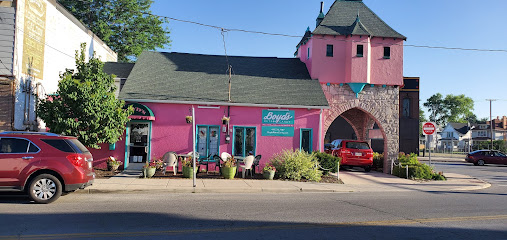
A & M Cheese
6.7 km
Discover a world of artisanal delights at A & M Cheese, Toledo's premier cheese shop offering a variety of unique flavors and expert recommendations.
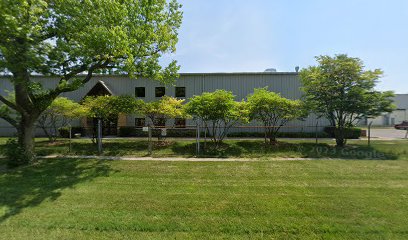
The Head Shed
7.9 km
Discover unique treasures at The Head Shed in Toledo, where novelty meets culture in an eclectic shopping experience.
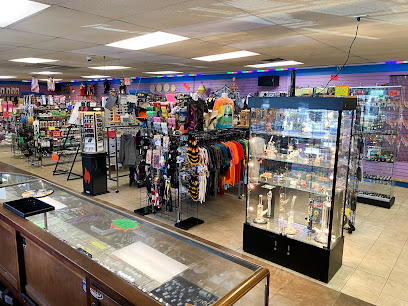
WEAR Boutique
8.2 km
Explore WEAR Boutique in Toledo for unique fashion finds and local artisan treasures that capture the spirit of Ohio's vibrant shopping scene.

Blended Franklin Park
10.6 km
Explore the charm of Blended Franklin Park, Toledo's premier gift shop for unique and locally-sourced treasures.

Franklin Park Mall
10.7 km
Discover shopping, dining, and entertainment at Franklin Park Mall, Toledo's premier shopping destination for all ages.
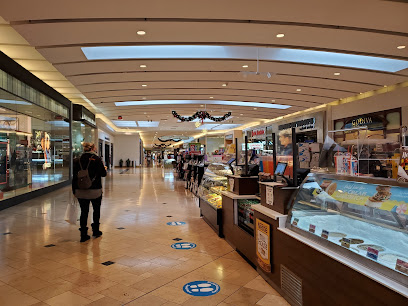
Great Finds in Maumee
11.5 km
Explore Great Finds in Maumee, a unique antique store in Toledo, Ohio, offering vintage furniture and collectibles that tell stories from the past.
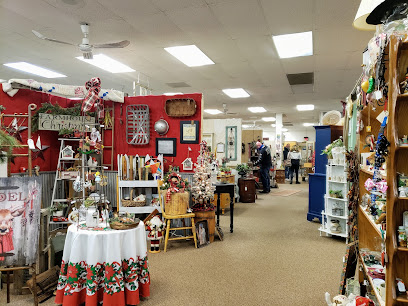
Maumee Antique Mall
12.3 km
Explore a vast collection of antiques and vintage treasures at the Maumee Antique Mall, a must-visit destination for collectors and history lovers.
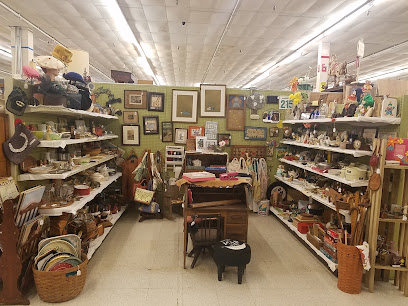
Maumee Marketplace
12.3 km
Explore Maumee Marketplace - Ohio's vibrant shopping destination for unique finds and delightful dining experiences.
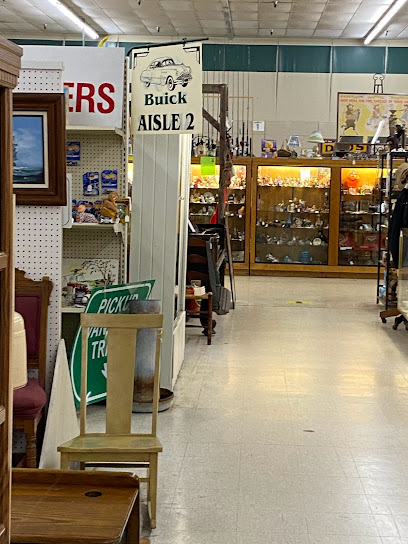
Maumee State Park Campground Camp Store
12.4 km
Discover the Maumee State Park Campground Camp Store: Your essential stop for groceries and local treats amidst Ohio's natural beauty.
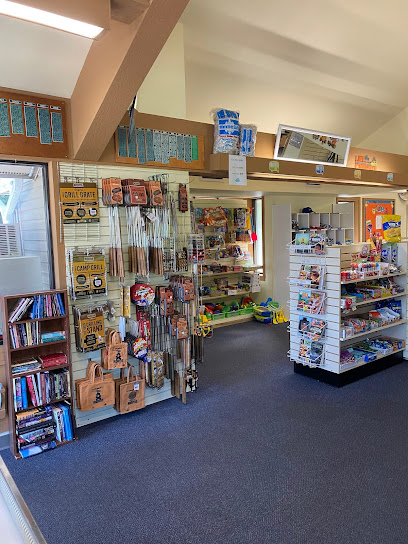
Essential bars & hidden hideouts
Fatboyz
2.6 km
Discover the lively spirit of East Toledo at Fatboyz, a local bar known for its friendly vibe and diverse drink selection.

Bottom Line
2.7 km
Discover the lively spirit of Toledo at Bottom Line Bar, where craft drinks and friendly vibes create the perfect night out.
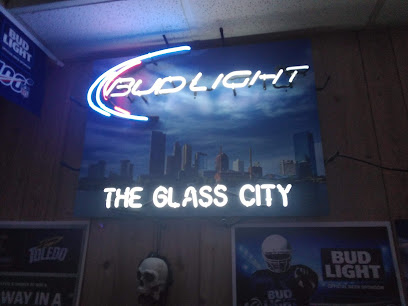
Paddy Joe's - Oregon, OH
4.7 km
Discover the taste of Oregon at Paddy Joe's, a vibrant grill and restaurant offering hearty meals and a welcoming atmosphere for every visitor.
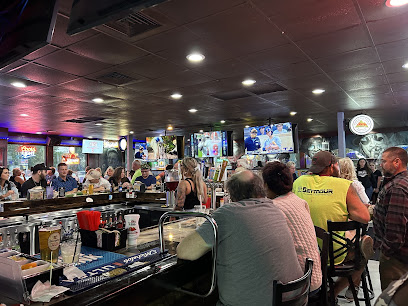
Ralphie's Sports Eatery
4.7 km
Experience the ultimate American dining with mouthwatering chicken wings and a vibrant sports atmosphere at Ralphie's Sports Eatery in Oregon, Ohio.
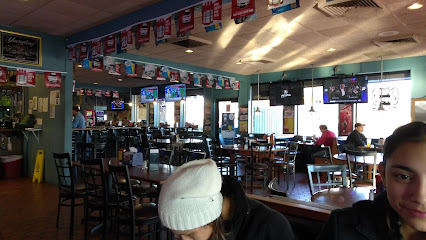
Royal Bar
5.2 km
Discover the Royal Bar in Northwood, Ohio – a lively spot for drinks, entertainment, and local culture in a friendly atmosphere.
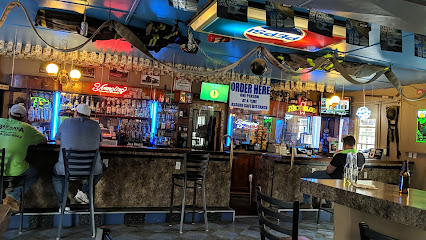
Tap Room
6.4 km
Experience the vibrant local culture at Tap Room, a cozy bar in Walbridge offering craft beers and a welcoming atmosphere.

Three Cheers
6.8 km
Discover the vibrant atmosphere of Three Cheers in Walbridge, where great drinks and friendly faces await you.
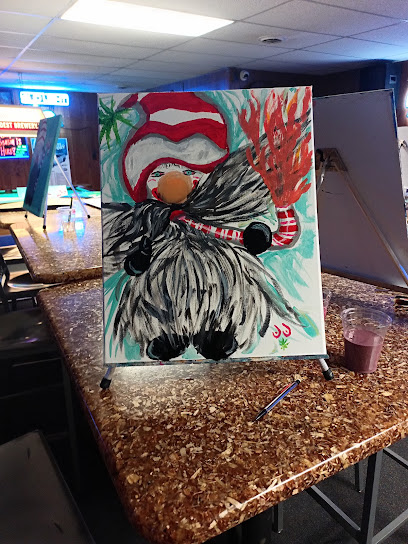
Anchor Inn
8.1 km
Experience the warmth of Toledo at Anchor Inn, a friendly bar offering craft drinks and a cozy atmosphere for relaxation and local culture.

Pub 51
8.4 km
Experience the vibrant flavors and friendly atmosphere of Pub 51, a must-visit grill in Northwood, Ohio, perfect for tourists and locals alike.
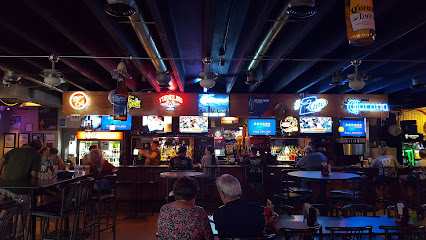
Mayfly Tavern
8.4 km
Discover the cozy charm of Mayfly Tavern, where Toledo's vibrant bar scene comes alive with delicious drinks and a welcoming atmosphere.
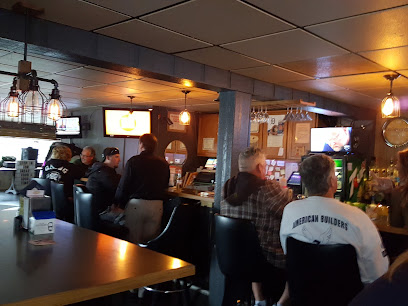
The Tale
9.7 km
Discover the charm of Toledo at The Tale, a cozy bar offering delightful drinks and a warm atmosphere for all visitors.
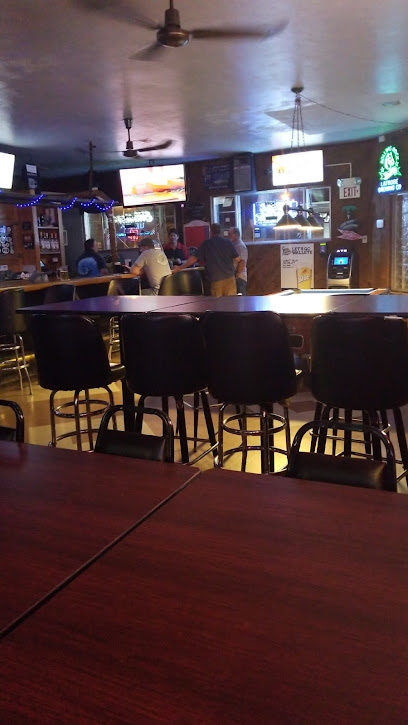
The Outpost Tavern
10.0 km
Experience the charm of The Outpost Tavern, a cozy bar in Northwood, Ohio, offering local drinks, hearty meals, and a friendly atmosphere.
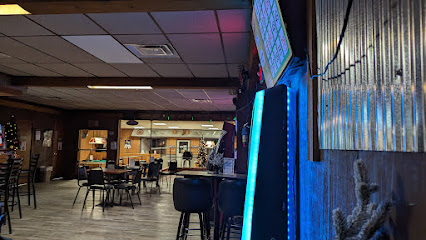
The Den at Corduroy Carryout
10.5 km
Experience the warmth of local dining at The Den at Corduroy Carryout, where great food meets a cozy atmosphere in Oregon, Ohio.
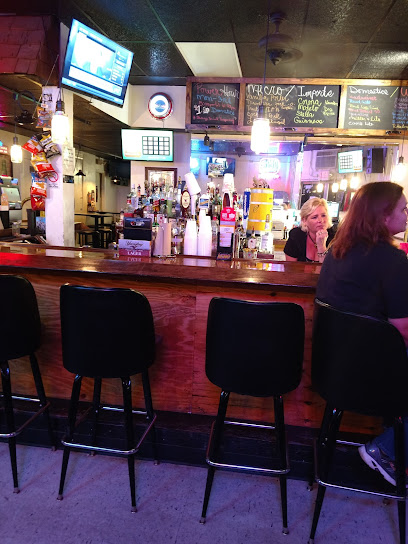
Veler's Corner Store & Tavern
11.0 km
Discover the charm of Veler's Corner Store & Tavern in Oregon, Ohio - a cozy bar and restaurant perfect for unwinding with great food and drinks.
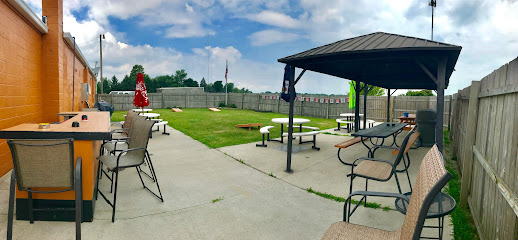
Levi & Lilac's Whiskey Room
12.6 km
Discover Levi & Lilac's Whiskey Room, a cozy bar and restaurant in Maumee, Ohio, featuring an extensive whiskey selection and delightful culinary offerings.




